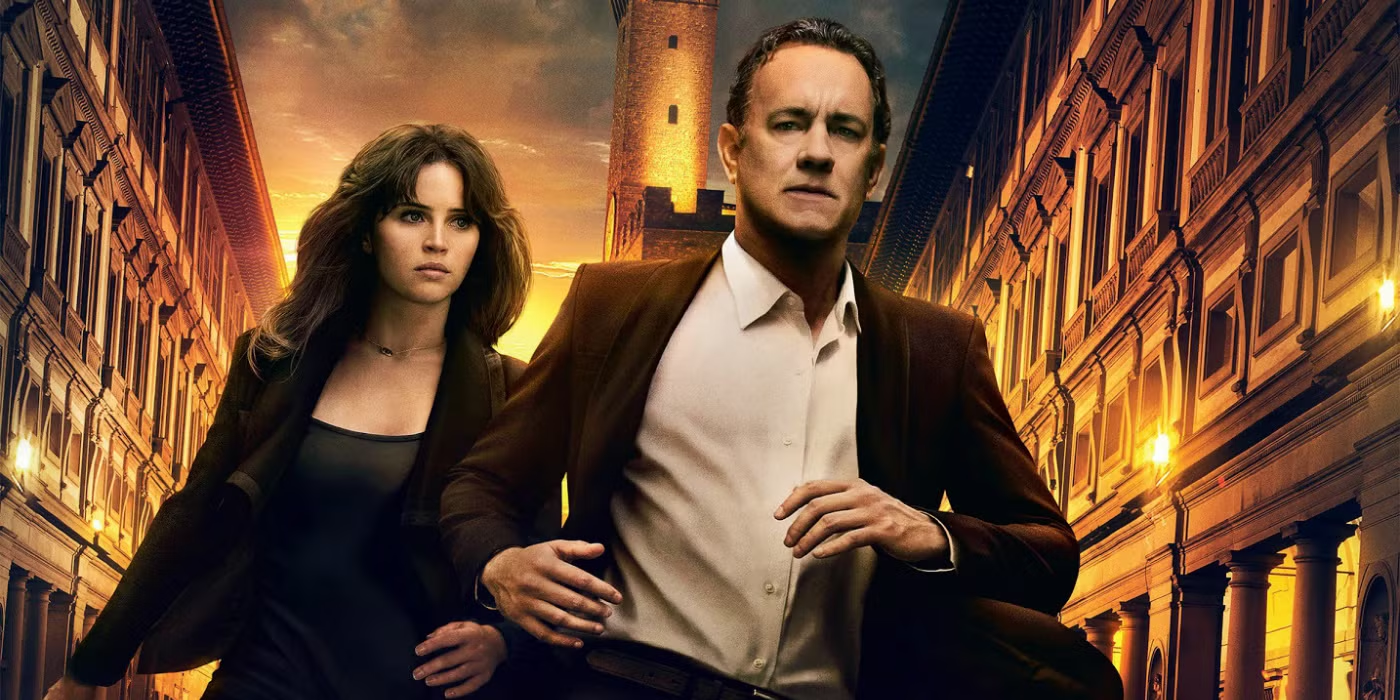Ciao, cinematic explorers! Have you ever wondered what it would be like to step into the pages of a Dan Brown novel or the scenes of a Hollywood blockbuster? If you’ve seen Inferno, the film adaptation of Brown’s gripping novel starring Tom Hanks, you know that Florence isn’t just a backdrop – it’s a character in its own right. Join me as we unravel the mysteries of Florence through the lens of Inferno, and discover how you can recreate this thrilling adventure in the cradle of the Renaissance.
A Brief Look at Inferno
Directed by Ron Howard, Inferno is the third cinematic adaptation of Dan Brown’s bestselling Robert Langdon series, following The Da Vinci Code and Angels & Demons. In this thriller, Harvard symbologist Robert Langdon (played by Tom Hanks) wakes up in Florence with amnesia, piecing together clues tied to Dante’s Divine Comedy to stop a global catastrophe. The story takes viewers on a high-stakes journey through Florence’s iconic landmarks, blending modern mystery with historical intrigue.
Key Florence Locations in Inferno
- Palazzo Vecchio
The seat of Florence’s government since the 14th century, Palazzo Vecchio is where much of the film’s action unfolds. Its hidden passageways, secret chambers, and the stunning Salone dei Cinquecento (Hall of the Five Hundred) serve as thrilling locations. Climbing its towering Arnolfo’s Tower offers panoramic views of Florence that will leave you breathless – just like Langdon’s race against time!
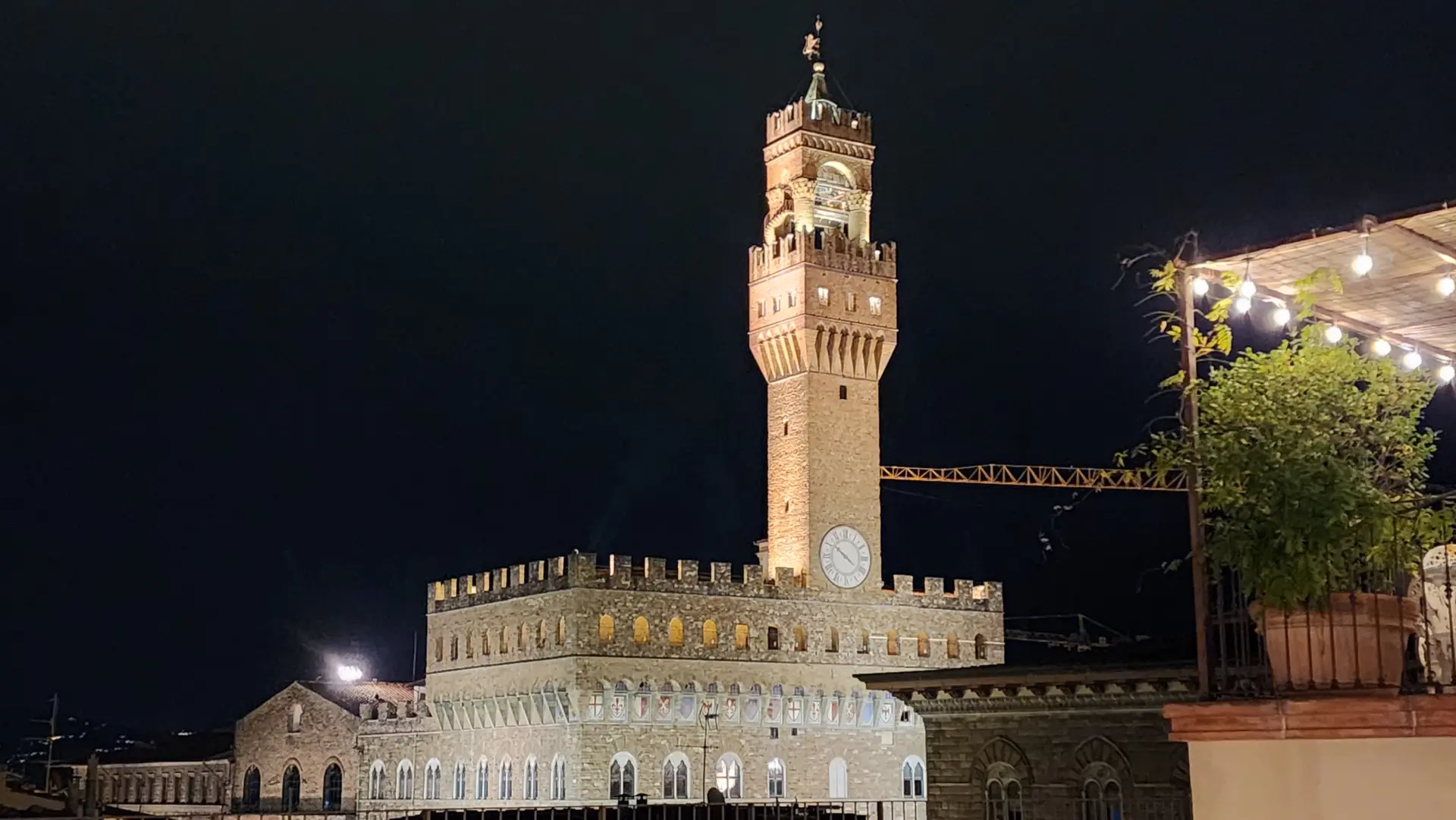
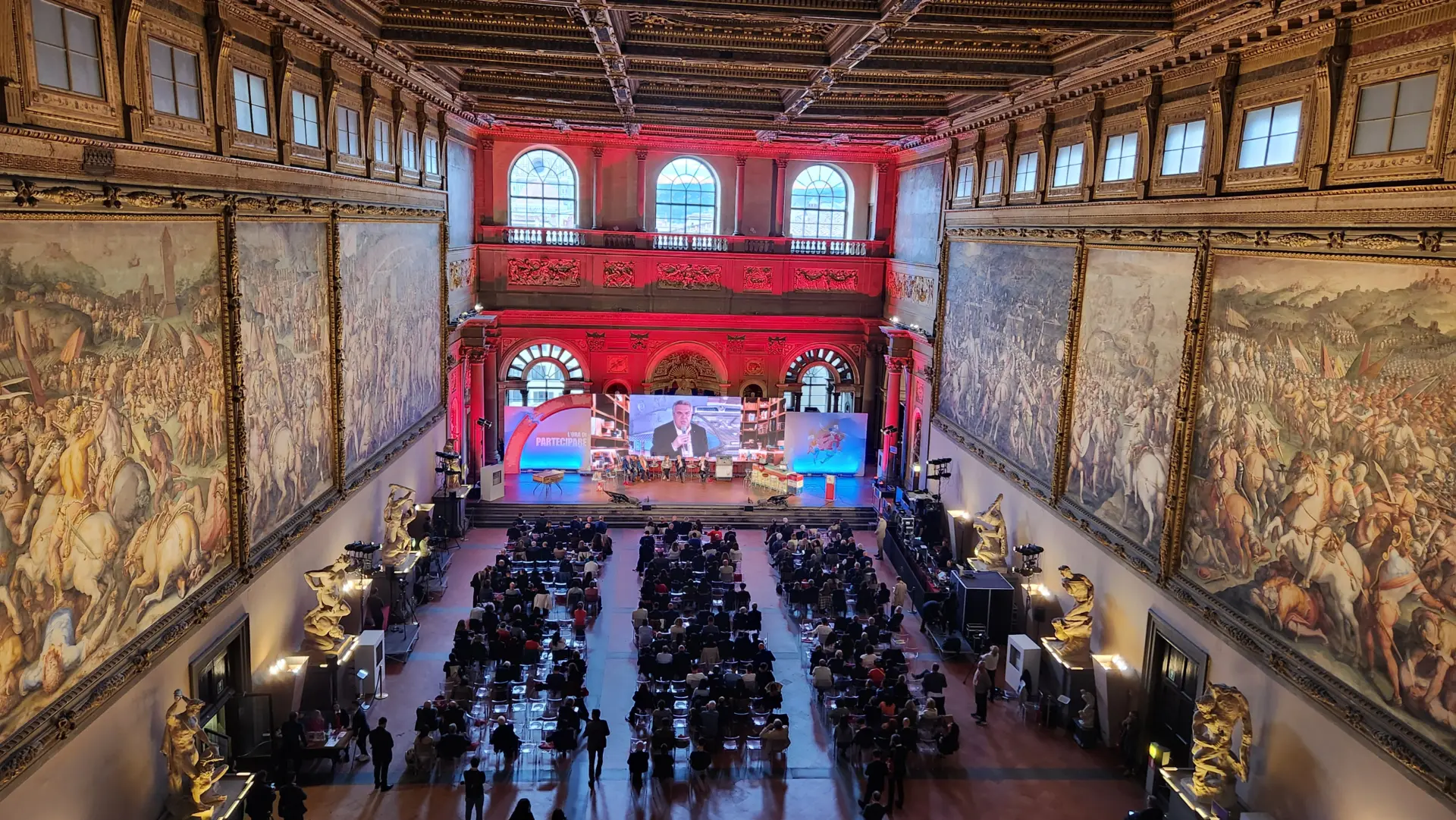
- The Florence Baptistery
The Baptistery of St. John and its famous Gates of Paradise feature prominently in Inferno. These golden panels, designed by Lorenzo Ghiberti, tell biblical stories with incredible detail. The baptistery’s octagonal structure and intricate mosaics add layers of historical depth to the film’s story.
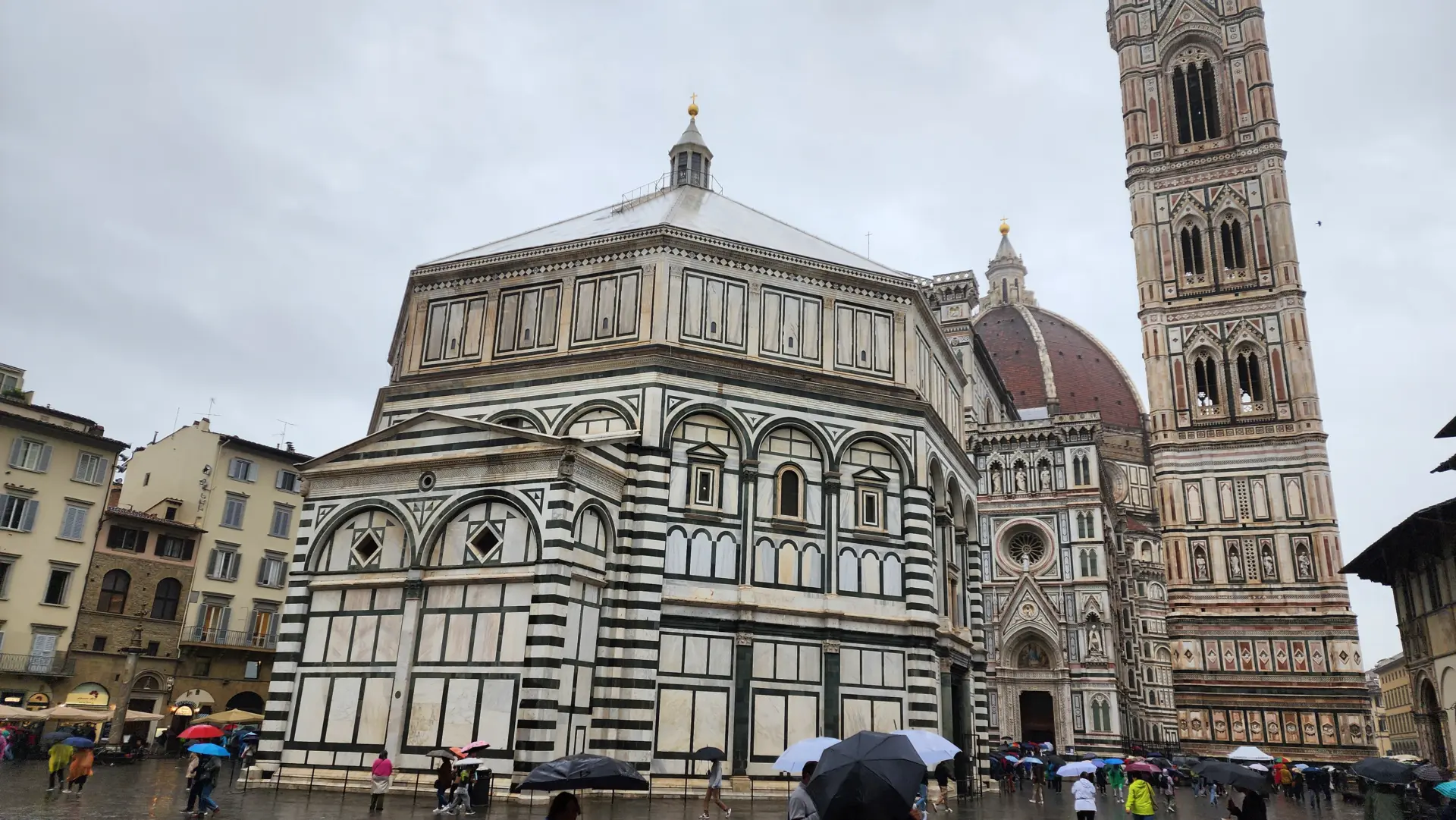
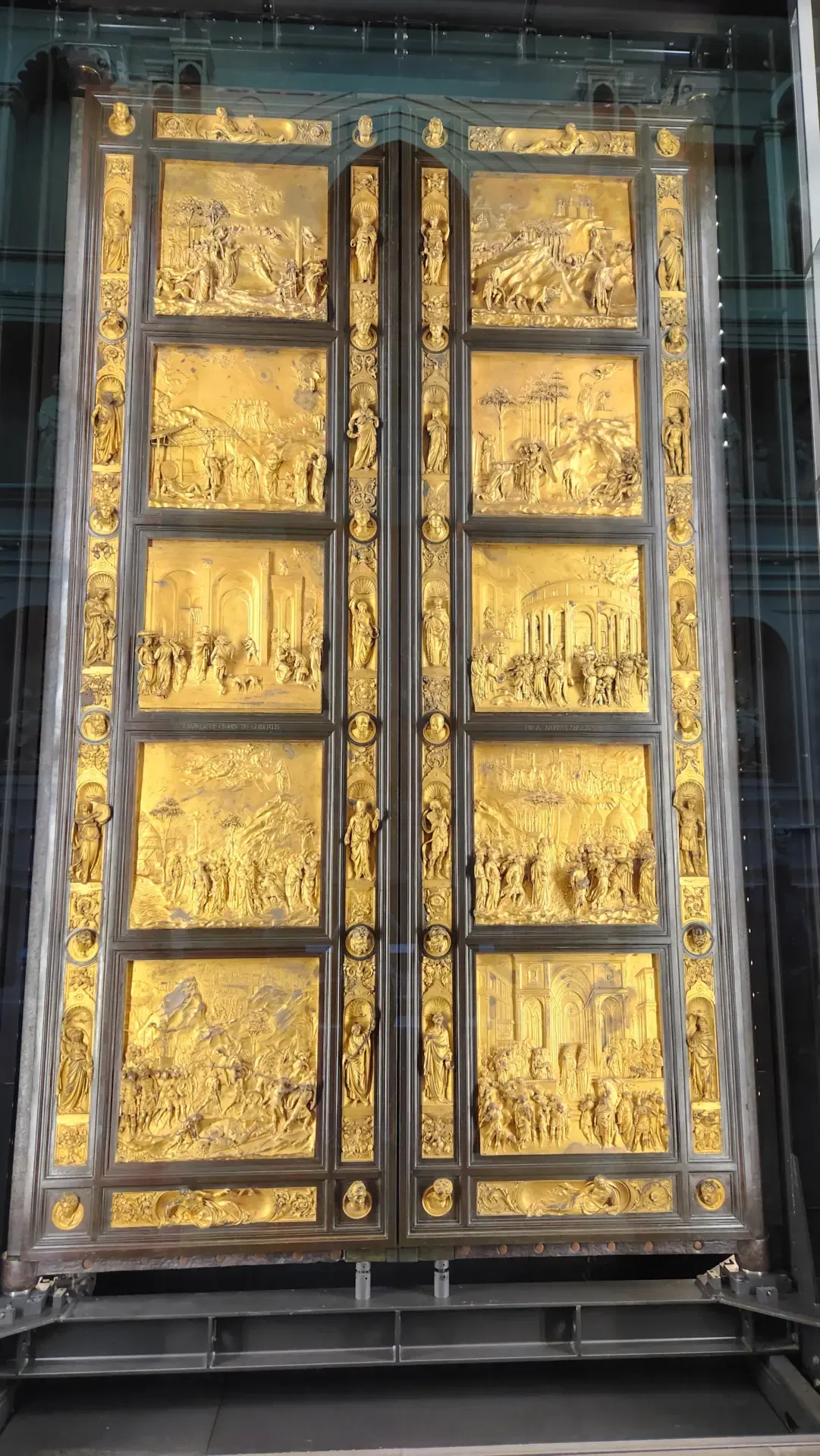
- The Uffizi Gallery
A treasure trove of Renaissance art, the Uffizi Gallery is more than just a museum – it’s a journey through history. In Inferno, its iconic artwork and long, elegant corridors set the stage for key moments. Don’t miss Botticelli’s Birth of Venus or Leonardo da Vinci’s Annunciation when you visit.
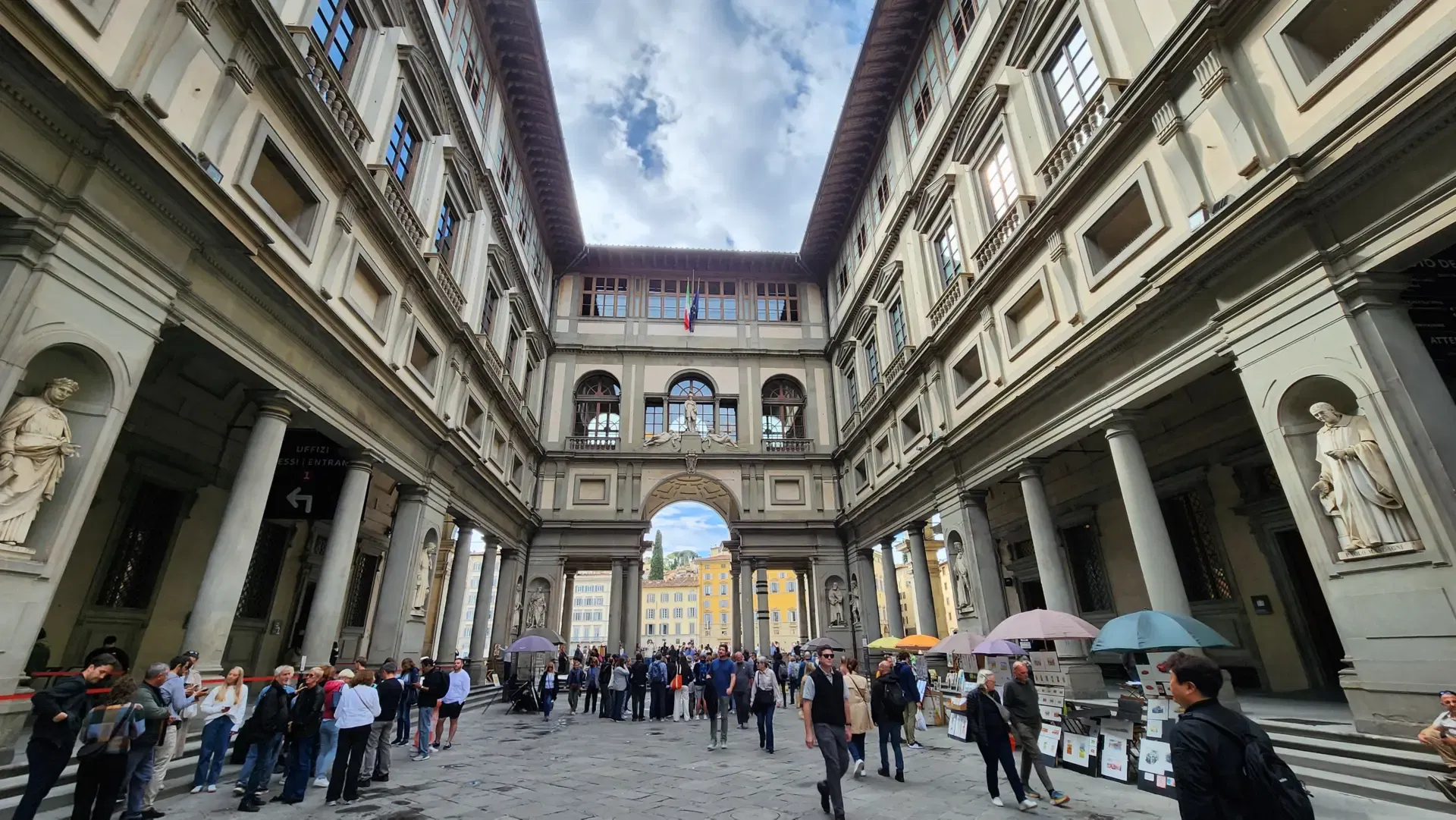
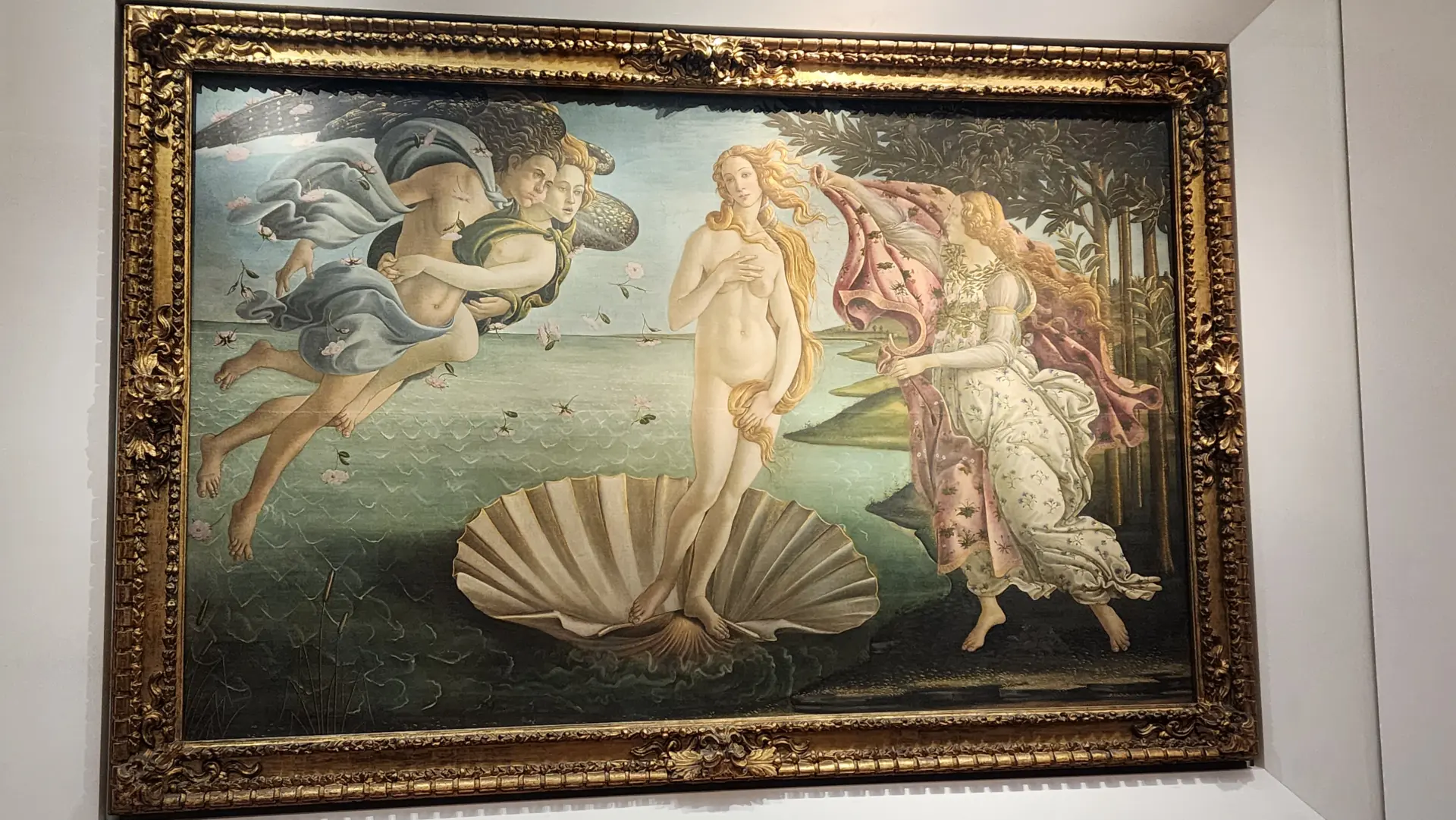
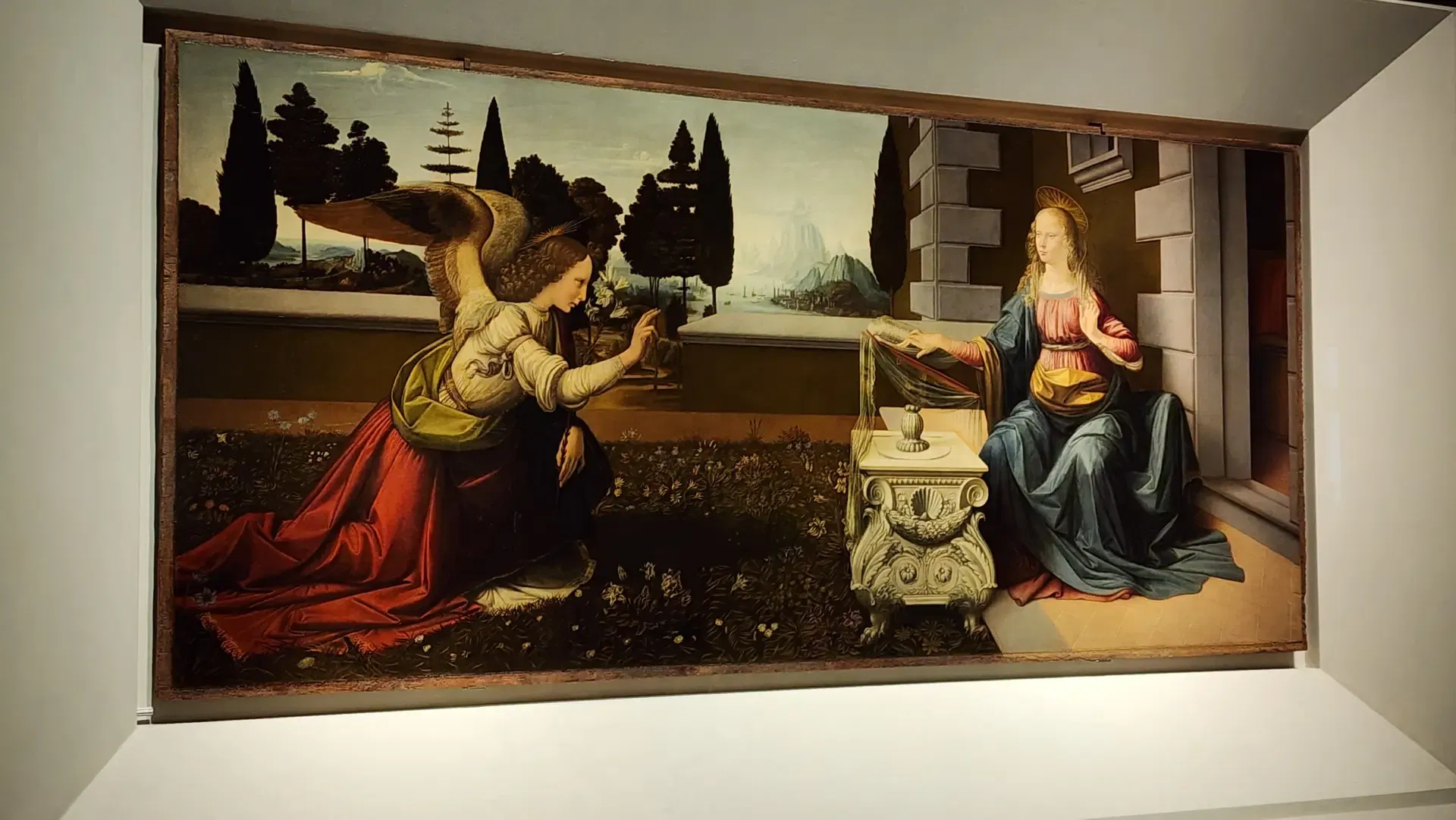
- Boboli Gardens
These sprawling, manicured gardens offer a serene contrast to the intense action of Inferno. The lush greenery, fountains, and hidden pathways make the Boboli Gardens a perfect escape within the city.
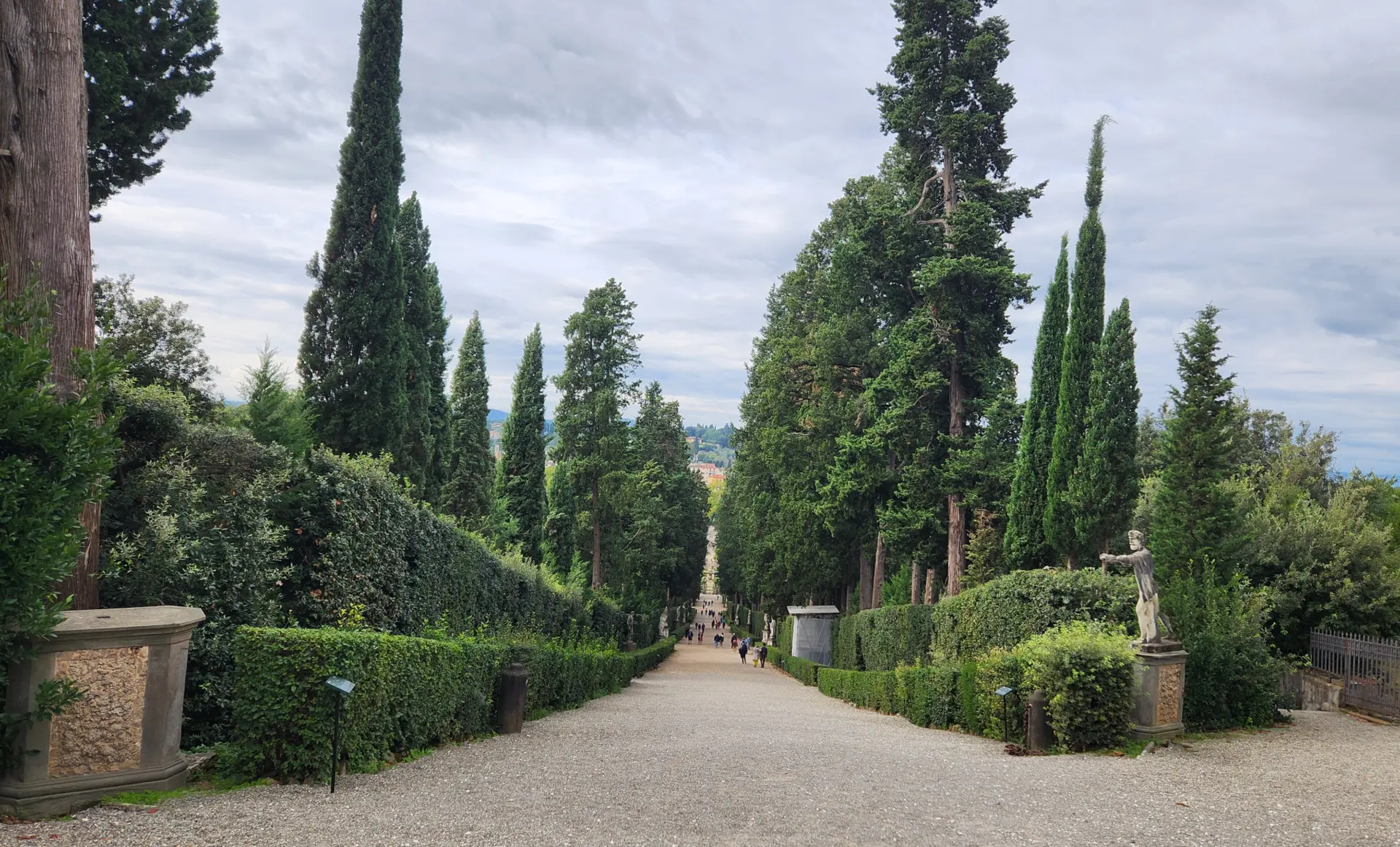
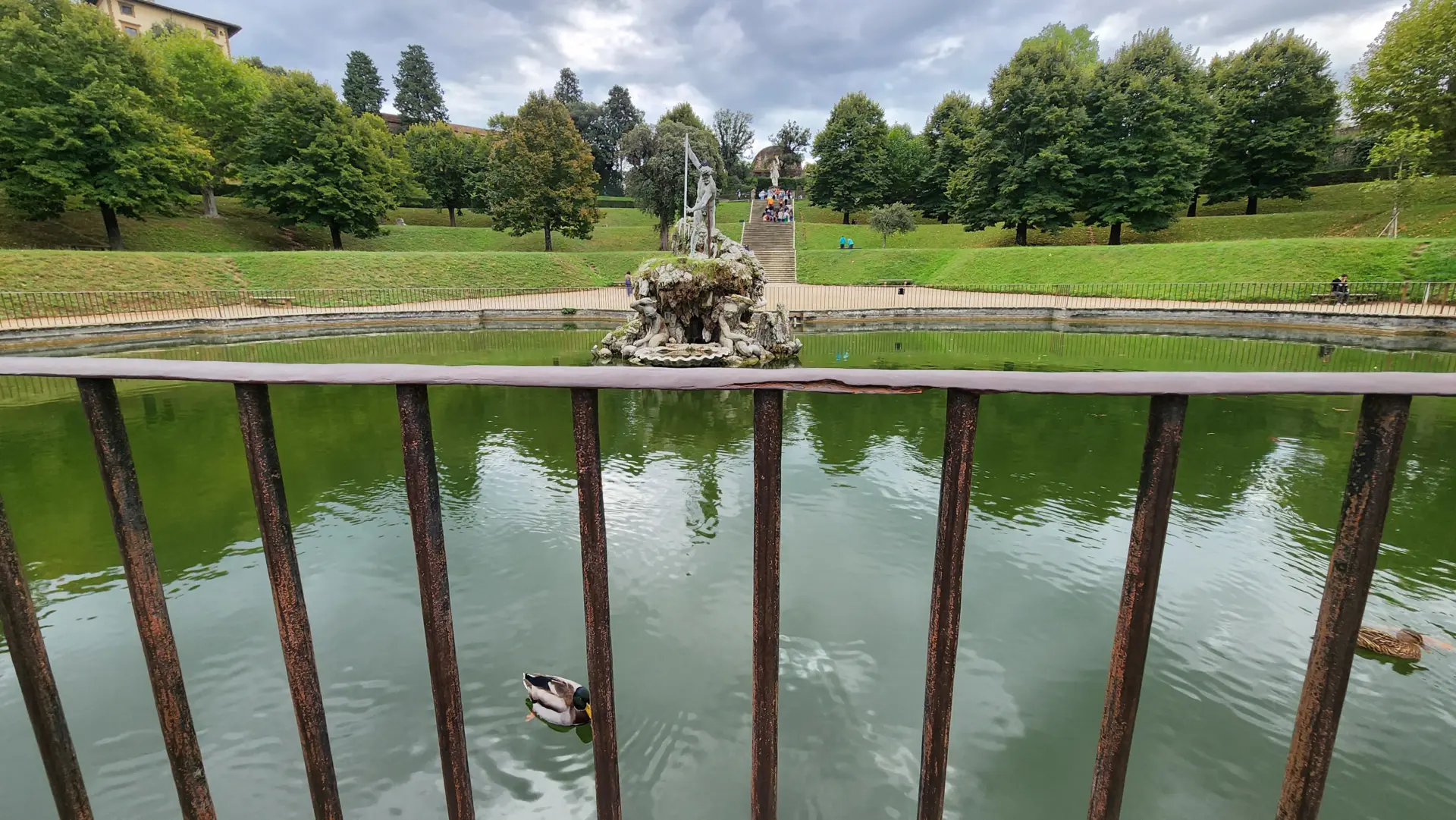
- Vasari Corridor
Connecting the Palazzo Vecchio to the Pitti Palace, this hidden passageway once allowed the Medici family to move through the city unseen. While not fully accessible to the public, its role in the film highlights Florence’s labyrinthine charm.
Practical Tips for an Inferno-Inspired Florence Adventure
- Plan Your Route: Many Inferno locations are within walking distance of each other, making it easy to explore them in one day.
- Book Tickets in Advance: Popular spots like the Uffizi Gallery and Palazzo Vecchio can get crowded. Secure your entry online to avoid long lines.
- Look for Tours: Some local guides offer Inferno-themed tours that delve into the movie’s locations and the history behind them.
- Bring Comfortable Shoes: You’ll be walking a lot, and Florence’s cobblestone streets can be tricky.
Fun Facts and Behind-the-Scenes Tidbits
- The movie was filmed on location in Florence, capturing its architectural and cultural grandeur.
- Many of the locations featured in the film were also key sites during the Renaissance, blending fiction with Florence’s real history.
- Dante Alighieri, whose Divine Comedy inspires the story, was born in Florence – adding an authentic connection to the plot.
Final Thoughts
Whether you’re a fan of the movie, the book, or just Florence’s timeless beauty, retracing the steps of Inferno offers a unique way to experience the city. From the grandeur of the Palazzo Vecchio to the serene Boboli Gardens, you’ll uncover layers of history and intrigue around every corner.
Until next time, may your travels be as thrilling as a Hollywood adventure! ✨
Xoxo,
Bubbly 🎈

